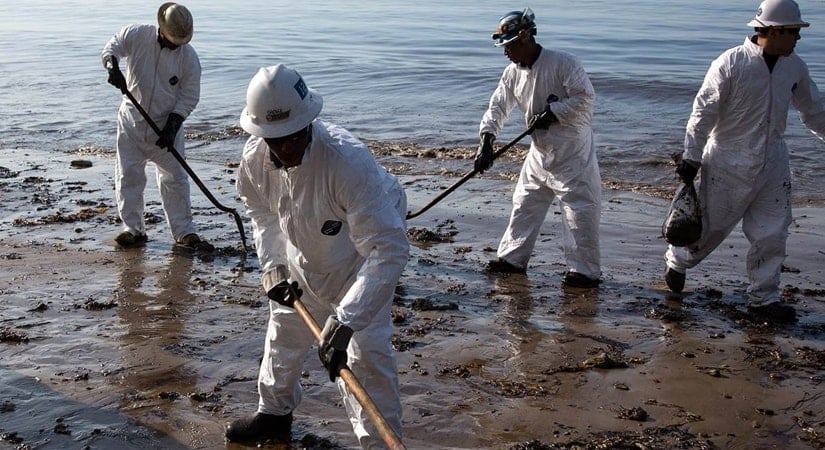On May 19, a 24-inch diameter pipeline near the Santa Barbara, California coastline ruptured spilling an estimated 101,000 gallons of crude oil into the Pacific Ocean. California governor, Jerry Brown, declared a state of emergency in Santa Barbara County because of the spill, which contaminated beaches, created a nine-mile oil slick in the Pacific Ocean and killed numerous animals.
The Pipeline and Hazardous Materials Safety Administration (PHMSA) released preliminary findings on the oil spill, which point to corrosion as the likely culprit. PHMSA investigators discovered vast external pipe corrosion, which had degraded the pipe wall thickness to about 1/16 of an inch. A six-inch opening was also found on the pipe.

In addition to being dangerous, pipe failures due to corrosion also prove to be tremendously costly. As of June 10, clean up costs from the Santa Barbara oil spill had exceeded 60 million dollars. The company who owns the pipeline is paying more than 1,000 workers and for other resources, such as ecological monitors, to clean up an almost 100 mile stretch of the coast. State and federal agencies aiding in the effort will also be billing the pipeline owner. The pipeline has been shut down with no timeline to restart, so the company is also incurring costs from lost production.
The Santa Barbara oil spill serves as a cautionary tale about the importance of protecting your piping systems. As Jim Feather, president of NACE, stated, “the Santa Barbara oil spill is a reminder of just how vital risk and integrity management are to pipeline safety. Regardless of the age of a pipeline, its safety and useful life depends on materials selection, design, maintenance, and a thorough corrosion control plan.”
There’s no doubt about it that investing in protecting your pipes will save you from the dangerous and colossally expensive repercussions of corrosion. At APP, we have perfected the science and engineering of using composite materials to produce the industry’s most effective safeguards against external pipe corrosion.






